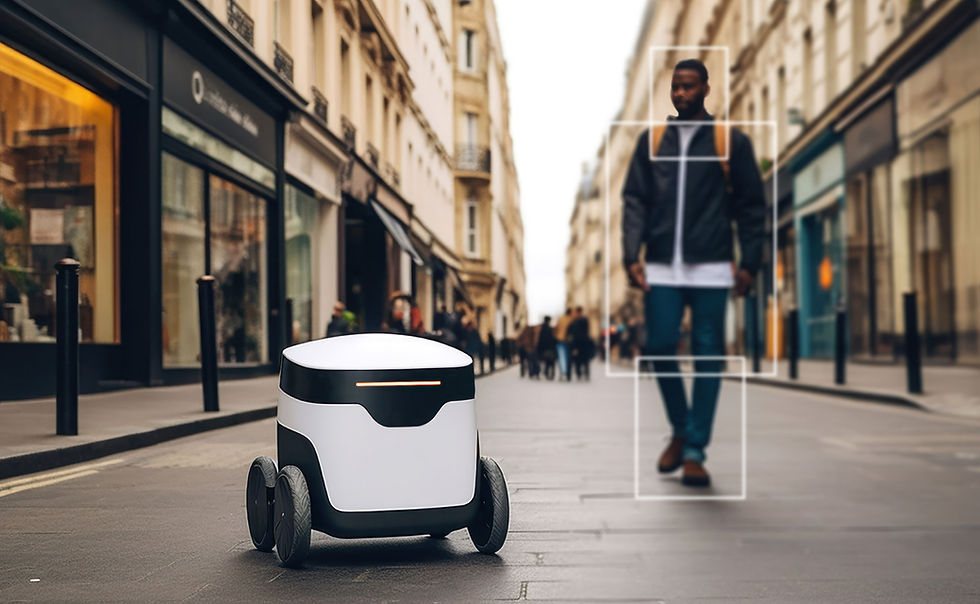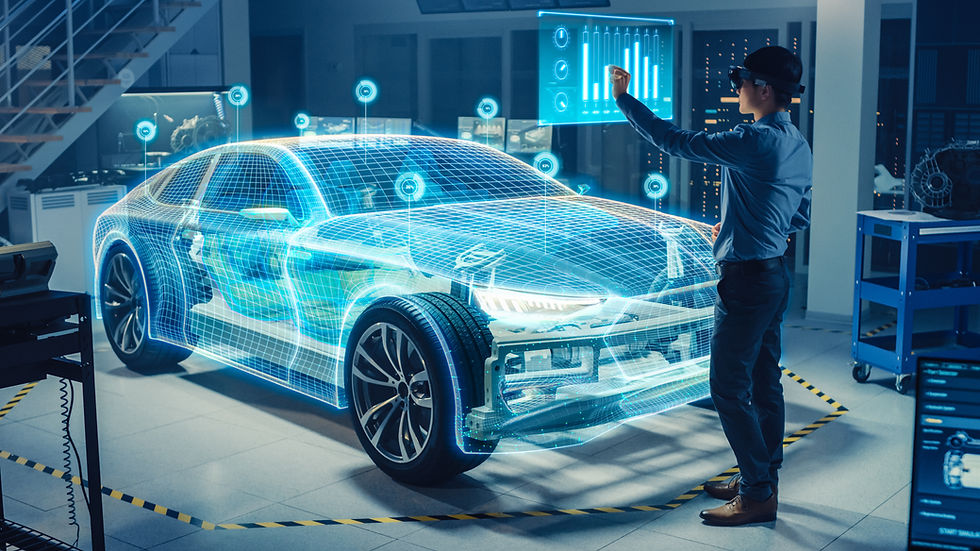Reinventing Public Mobility: Generative AI and the Future of Transportation Services
- Shreshth Virmani
- Aug 24, 2023
- 2 min read

In the dynamic realm of public transportation and mobility services, a paradigm shift is underway—Generative Artificial Intelligence (AI) is transforming the landscape of how people move within urban environments. This article embarks on an illuminating journey through the realm of public transportation and mobility, unveiling how the fusion of cutting-edge technology and data-driven insights is reshaping the way cities optimize transit routes, integrate autonomous shuttles, and create seamless Mobility-as-a-Service (MaaS) platforms. From efficient transit networks to autonomous urban mobility, Generative AI is shaping a future where public transportation is responsive, integrated, and tailored to the needs of urban dwellers.
Introduction: Generative AI's Influence on Public Mobility
As urban populations grow, the need for efficient and sustainable public transportation becomes more pronounced. Generative AI stands as a beacon of transformation, collaborating with urban planners, transportation authorities, and technology providers to redefine the way public mobility is orchestrated. By harnessing predictive algorithms and real-time data insights, Generative AI is reimagining public transportation as a dynamic and interconnected ecosystem, revolutionizing how people navigate cities.
Optimization of Public Transportation Routes: Crafting Efficient Networks
A cornerstone of Generative AI's impact on public mobility lies in optimizing transit routes. Traditional transit systems can be inefficient, leading to congestion and extended travel times. Generative AI processes real-time data on passenger flows, traffic conditions, and historical patterns to suggest optimized routes that reduce wait times and streamline commutes.
Integration of Autonomous Shuttles: Urban Mobility Reinvented
The integration of autonomous shuttles heralds a new era of urban mobility. Generative AI collaborates with autonomous vehicle technologies to design and deploy shuttle services that complement traditional transit options. These shuttles offer convenient and environmentally friendly mobility solutions within defined areas, reducing congestion and improving last-mile connectivity.
Mobility-as-a-Service (MaaS) Platforms: Seamless Urban Journeys
MaaS platforms represent the pinnacle of integrated mobility experiences. Generative AI collaborates with tech companies to develop MaaS platforms that consolidate public transportation, ride-sharing, and micro-mobility options into a single app. This allows users to plan, book, and pay for their entire urban journey seamlessly, reducing the need for private vehicle ownership.
Technology Company's Role: Pioneering Urban Mobility
Technology companies play a pivotal role in this transformation. They collaborate with transit
agencies to integrate Generative AI into route planning systems, autonomous vehicle technologies, and MaaS platforms. This partnership ensures that AI becomes an integral part of shaping the future of public mobility.
Data-Driven Decision Making: Guiding Transit Strategies
Generative AI empowers data-driven transit decisions. By analyzing vast amounts of data on passenger behavior, traffic patterns, and emerging technologies, AI generates insights that guide transit agencies in optimizing routes, enhancing services, and meeting the evolving demands of urban commuters.
Ethical Considerations: Navigating AI's Role in Urban Mobility
As Generative AI transforms public mobility, ethical considerations arise. Ensuring AI-generated solutions prioritize safety, addressing concerns of data privacy and transparency in route optimization, and maintaining inclusivity in public transportation are paramount.
Conclusion: Redefining Urban Journeys
Generative AI's impact on public transportation and mobility is akin to crafting a tapestry of interconnected urban journeys. As route optimization, autonomous shuttles, and MaaS platforms converge, they nurture a future where urban mobility is not just efficient but also environmentally conscious, responsive, and seamlessly connected.




Comments